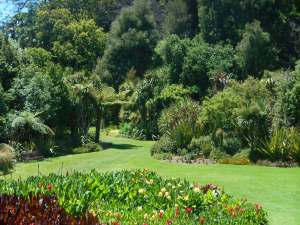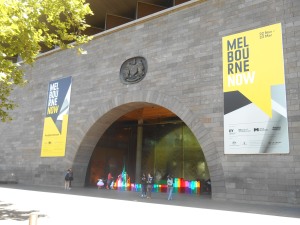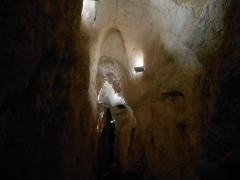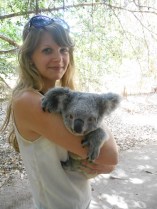Melbourne has some of the most charming architecture compared to other Australian towns and cities we have visited. Whilst some of the buildings have that modern, sleek look, a lot have a Victorian feel, as one might expect of the city which is the capital of the state of Victoria. There is a real mix of old and new. What really stands out though, is the cafe culture. Aside from the cafes and restaurants to be found on the main thoroughfares, the city is a warren of appealing little side streets hosting quirky and individual cafes, serving freshly brewed coffee and all manner of European and Asian cuisine.
During our three months in Melbourne, we had the opportunity to live in different parts of the area: from the quiet, leafy suburbs of Macleod where we were welcomed by our good friends Jess and Mike, to the laid back streets of St Kilda with it’s beach and chilled-out vibe. Another area that we liked very much was Fitzroy, with a fantastic range of vintage shops, bars and restaurants.
We like museums, and Melbourne certainly didn’t disappoint us on that front. At the Immigration Museum we were able to learn about the origins of the first immigrants to Victoria, including the several month long boat journeys that travellers from the UK endured. It also raised thought-provoking questions about society: the different roles that we all feel we hold and where we feel we belong. The Melbourne Museum, which has existed for approximately 150 years, is home to a huge array of displays, revealing information about everything from the Aboriginal tribes in Victoria, the first settlements in Melbourne, the changing Parliament, animals and creatures native to Australia and a large science section covering physical and mental aspects of humans. At the National Gallery of Victoria we were able to see the state from its art perspective. There we saw some truly impressive paintings, many dated hundreds of years ago and depicting various religious scenes, as well as vast collections of pottery and glass over the centuries, from Australia but also parts of Europe and Asia.

The Royal Botanical Gardens
Melbourne is very green, and when inside some of its gardens you could quite forget that there is the hustle and bustle of a city only minutes away. The Royal Botanical Gardens are some of the most beautiful we have seen, with such vivid colours resulting from the city’s ‘four seasons in one day’ climate that it is well known for. In this peaceful place, we enjoyed a picnic lunch on Christmas Day with my parents, which was lovely. St Kilda also boasts its own botanical gardens: much smaller, but appealing nevertheless, with a pretty rose garden.
As great as Melbourne is, it is only one place which Victoria has to offer, as we discovered when we hired a car and ventured further afield…

















